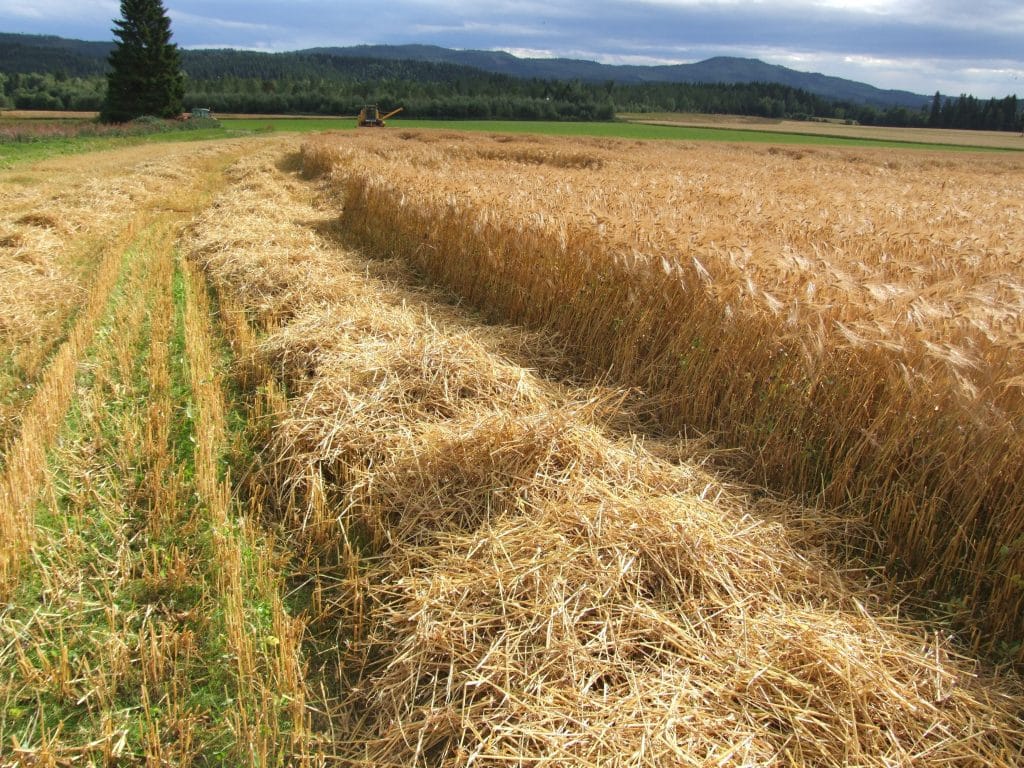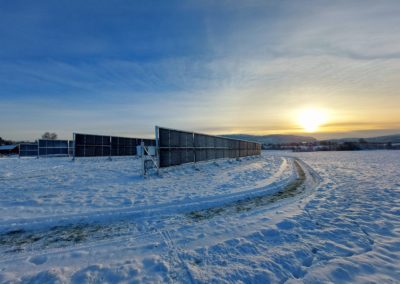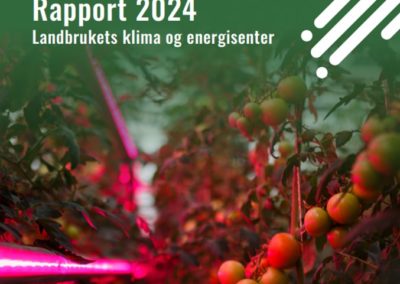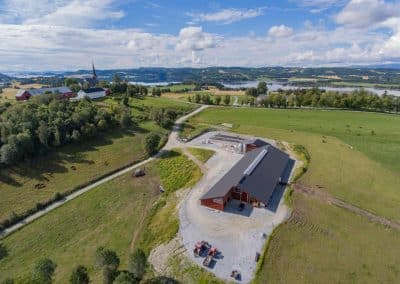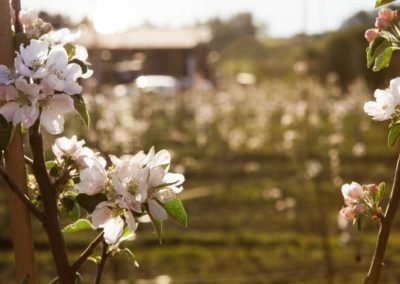At Mære, we have over several years carried out practical testing with the sowing of various catch crops in grain with a view to soil improvement and the capture of excess nutrients. The sowing has been done at different times and with different equipment (weed harrow with sowing unit and drone). The challenge has been to hit the right sowing time with good moisture conditions and the right sowing depth. We think we have succeeded well, but see that we are completely dependent on good soil contact and enough rain after sowing (especially with drone sowing). We have tested ryegrass, white clover and several types of catchment mixtures. The catch crops have not come into their own until the grain has been struck, exactly as it should be.
Plants that are sown before, at the same time or after the main growth have the following tasks:
- Capture excess nutrition - and keep it on the surface
- Maintain organic matter in the soil
- Stimulate soil life for as long as possible through plant growth
- Protect against driving rain and erosion
- Help form and maintain good soil structure
Sub-crops are crops that are sown in cereals or vegetables. They are sown at the same time as the grain in the spring, or a couple of weeks after. The term catch growth is most often used if the purpose is primarily to collect and retain nutrients from one year to the next.
Plant cover in autumn, winter and spring will also be able to slow down the water velocity and increase infiltration. The catchment can reduce the leaching of nutrients from the soil, and prevent soil erosion by stabilizing the soil.
A subculture will compete with the cereal plants for light, water and nutrition. Oats withstand competition from subcultures best, while in spring wheat and two-row barley there may be some yield reduction. Rye grass, preferably in combination with clover, is widely used as a subculture. For ryegrass, two-year (Italian) or perennial ryegrass is recommended. Perennial ryegrass takes longer to establish, and does not compete so strongly with the cereal plants from spring onwards. The subculture is sown at the same time as, or somewhat after, the grain. If you choose to sow the sub-culture somewhat after the grain, sowing can be carried out at the same time as an early weed harrowing. It is important that clover seeds are sown shallowly, 0.5-1 cm. To get the best effect from the subculture, spring plowing is recommended.
